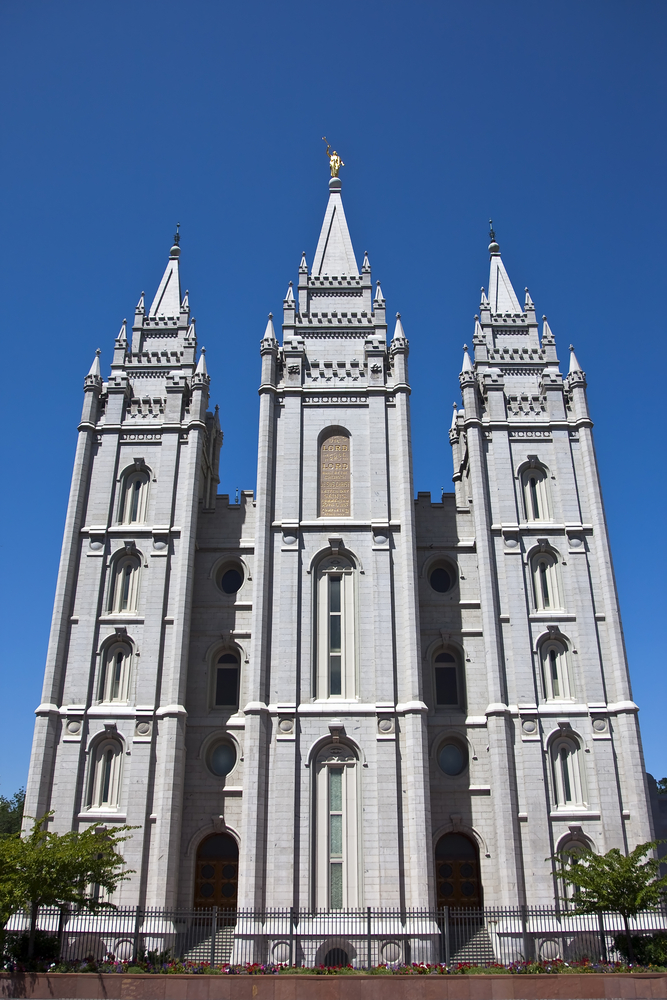 One of the most basic principles of journalism is that sources of information should be identified.
Attribution, it's called. Like I said, it's a journalism thing.
One of the most basic principles of journalism is that sources of information should be identified.
Attribution, it's called. Like I said, it's a journalism thing.
I thought about that principle as I read a New York Times story today concerning a land-use dispute in Harlem.
Now, at its most basic level, this situation reminds me of the NIMBY (Not In My Back Yard) zoning battles that I so often covered in my days as a suburban city council reporter. Any time someone proposed building a shopping center or a church gymnasium, neighbors would rush to raise concerns over noise, traffic and other potential harm to their peaceful way of life. But the Harlem case presents a different twist.
So here's the top of the Times story:
The wider world does not often glimpse the internal disputes of the Mormon Church. Formally known as the Church of Jesus Christ of Latter-day Saints, the fast-growing religion is expanding in places as far-flung as Africa and Latin America, but most big decisions are still made centrally by a church hierarchy in Salt Lake City.
Recently, though, a debate over a ramshackle church property in Harlem has spilled into public view. And perhaps it is no surprise what subject could raise passions strong enough to override Mormons’ aversion to airing differences outside the church: Manhattan real estate.
The angle chosen by the Times seems like a legitimate one. A rare public dispute between a local congregation and the Mormon hierarchy fits my definition of news. I kept reading, however, to find the source and context to back up the lede's claim that this situation is unique.
But no experts — inside or outside the faith — are quoted to illuminate readers on the general practices and approaches of local members and the Mormon hierarchy in such situations. Readers are left to take the Times' word for it that Mormon leaders prefer to handle such disagreements behind closed doors.
To be clear, I don't doubt that they do. But as a reader, I expect the paper to provide evidence -- to clearly show how its reporters and editors know what they claim. You are supposed to tell readers things like that.
On the positive side, the report does quote a church spokesman as well as local church leaders about the local dispute.
But it falls short -- with the lack of background and context -- in making this local issue a national case study.
PHOTO: Salt Lake Temple photo via Shutterstock
